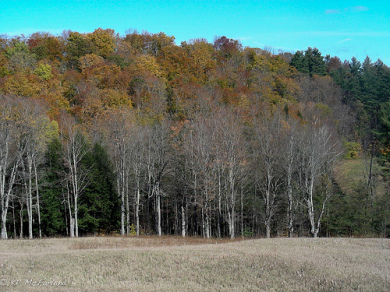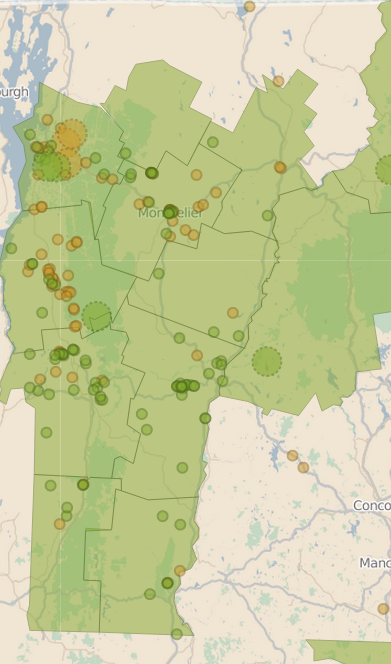Across the hillsides many deciduous trees have lost their leaves, but some still sport a full  golden-brown canopy shining brightly. Most of these are oak or beech trees. They have what are called marcescent leaves. Marcescence is when a plant part dies but is not shed.
golden-brown canopy shining brightly. Most of these are oak or beech trees. They have what are called marcescent leaves. Marcescence is when a plant part dies but is not shed.
A tree is full of vascular cells that transport water and sap from root to leaf. As the amount of sunlight decreases in autumn, the veins that transport sap into and out of the leaves slowly close. A layer of cells, called the abscission layer, develops at the stem base. The leaf falls off when this layer is completely formed.
Oak (Quercus), Beech (Fagus) and Hornbeam (Carpinus) are an exception. The separation layer doesn’t fully allow the leaves to detach. That’s why most of their dead leaves remain on the tree through winter until the wind rips them away.
But one has to wonder, what are the advantages and disadvantages for the trees? It may be that it deters foraging of young buds and branches by deer. If there are a lot of dead and dry leaves on the ends, it may not be as palatable. Or, perhaps it aids in protecting the tree from water or temperature stress during the winter. It may even be a leftover ghost from the past that is now neutral, neither hindering or helping the species prosper. Whatever the reason, in late fall you can easily see the forest for the oak and beech trees.
The Vermont Atlas of Life needs your help. We’re mapping the Red Oak distribution in as greatest detail as possible. Join other citizen scientists and log your observations from your neck of the woods. It’s easy and fun. Visit http://www.inaturalist.org/projects/vermont-atlas-of-life.


I had noticed my oak trees didn’t shed their leaves ’til spring. I did not notice the same phenomenon on the other species. Interesting.
I call the “Real Spring” when the oak leaves in my area finally fall off.
Does the formation of new leaf buds in the fall have anything to do with why the old leaves are shed?
I don’t think so as those that don’t shed (oaks) also have developed buds.